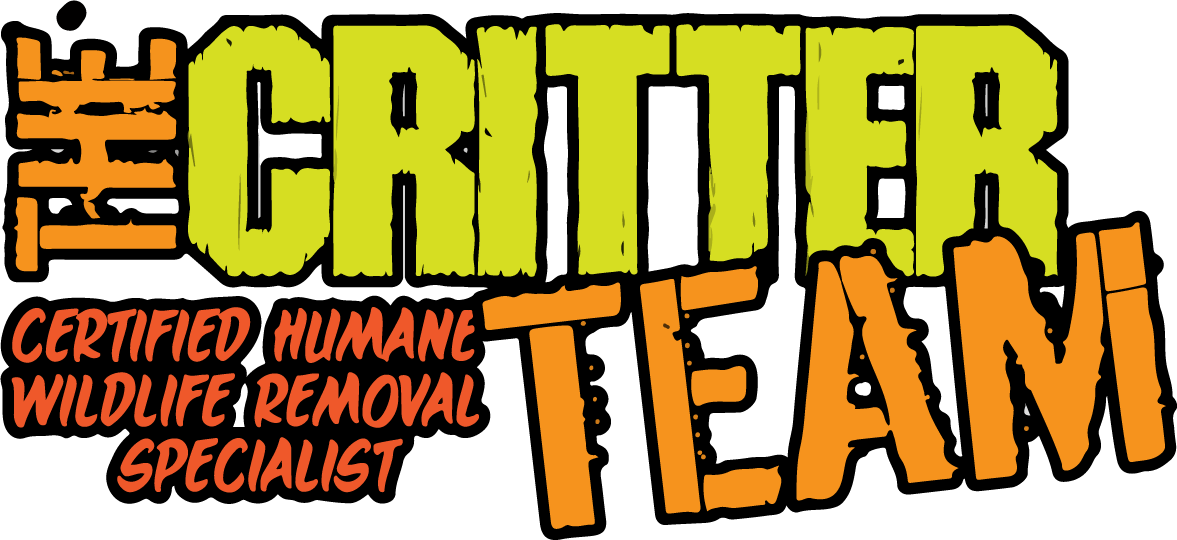Local laws on wildlife control in Texas are designed to protect both the residents and the diverse wildlife found in the state. The Texas Parks and Wildlife Department (TPWD) oversees these regulations, ensuring the preservation of native species while managing potential conflicts with human activities. In Texas, it is illegal to harm, capture, or possess certain protected animals without the appropriate permits. These include endangered species like the ocelot, golden-cheeked warbler, and the black-capped vireo. Additionally, Texas has specific regulations regarding the control of nuisance wildlife, such as raccoons, skunks, and snakes. Residents are encouraged to contact licensed wildlife control operators or local animal control agencies for assistance with these situations. TPWD also provides guidelines for the safe removal of bats, as they play a crucial role in maintaining the ecosystem. By enforcing these local laws, Texas ensures a harmonious coexistence between humans and wildlife.
Understanding Local Laws on Wildlife Control in Texas
The Importance of Wildlife Control
Wildlife control plays a crucial role in maintaining the delicate balance between humans and the animal kingdom. In Texas, where the diversity of wildlife is abundant, it becomes crucial to have regulations and laws in place to ensure the safety and well-being of both humans and animals. These local laws on wildlife control are designed to protect property, prevent damage, and safeguard public health.
Statewide Regulations
Texas has established statewide regulations to govern wildlife control activities. The Texas Parks and Wildlife Department (TPWD) is responsible for overseeing and enforcing these regulations. The TPWD has classified various species into three categories: game animals, non-game animals, and fur-bearing animals.
Game Animals
Game animals are species that can be legally hunted or trapped during specific seasons with the appropriate permits and licenses. These seasons and bag limits are determined by the TPWD to ensure sustainable populations and conservation efforts. Examples of game animals in Texas include white-tailed deer, wild turkey, and feral hogs.
Non-Game Animals
Non-game animals are species that are not typically hunted or trapped for recreational purposes. However, they may still require management in certain situations to prevent damage or protect public health. These species may include raccoons, skunks, opossums, and various bird species. The TPWD provides guidelines on how to handle conflicts with non-game animals while adhering to local laws.
Fur-bearing Animals
Fur-bearing animals are species that have commercial value for their fur or pelts. In Texas, certain species such as beavers, bobcats, and coyotes fall under this category. Special regulations apply to trapping and harvesting fur-bearing animals, including licensing requirements and specific trapping methods. It is essential to stay up-to-date with the TPWD regulations when dealing with these species.
Local Regulations
In addition to statewide regulations, local jurisdictions in Texas may have their own ordinances and laws regarding wildlife control. These regulations are often designed to address specific issues or concerns within the community. It is crucial for wildlife control operators to familiarize themselves with these local laws to ensure compliance and provide effective services.
Permitting and Licensing
Wildlife control operators in Texas must obtain the necessary permits and licenses to legally conduct their activities. The TPWD offers permits for activities such as nuisance wildlife control, trapping, and wildlife rehabilitation. These permits ensure that operators are knowledgeable and qualified to handle wildlife-related issues in a safe and humane manner.
Working with Professionals
When facing wildlife control challenges, it is always recommended to work with licensed and experienced professionals. Wildlife control operators possess the necessary knowledge, skills, and equipment to handle wildlife encounters effectively and within the boundaries of the law. They can assess the situation, implement appropriate measures, and provide guidance on preventing future conflicts.
Conclusion
Understanding local laws on wildlife control in Texas is crucial for both wildlife control operators and residents. By adhering to these regulations, we can ensure the coexistence of humans and wildlife while preserving the natural balance of our ecosystems. Remember, when dealing with wildlife issues, always consult with professionals who are well-versed in local laws and regulations.
The Critter Team – Wildlife Control and Animal Removal
At The Critter Team, we understand the importance of maintaining a safe and peaceful environment in your home or business. If you are dealing with unwanted wildlife or animals causing damage to your property, we are here to help. Our team of experienced professionals specializes in wildlife control and animal removal, providing efficient and humane solutions to your wildlife-related problems. Whether you are facing issues with raccoons, squirrels, bats, or any other wildlife species, we have the expertise to handle it all. With our state-of-the-art equipment and extensive knowledge, we ensure that the animals are safely removed and relocated to their natural habitats. Don’t hesitate to contact us at (281) 667-0171 for prompt and reliable assistance with wildlife control and animal removal.
